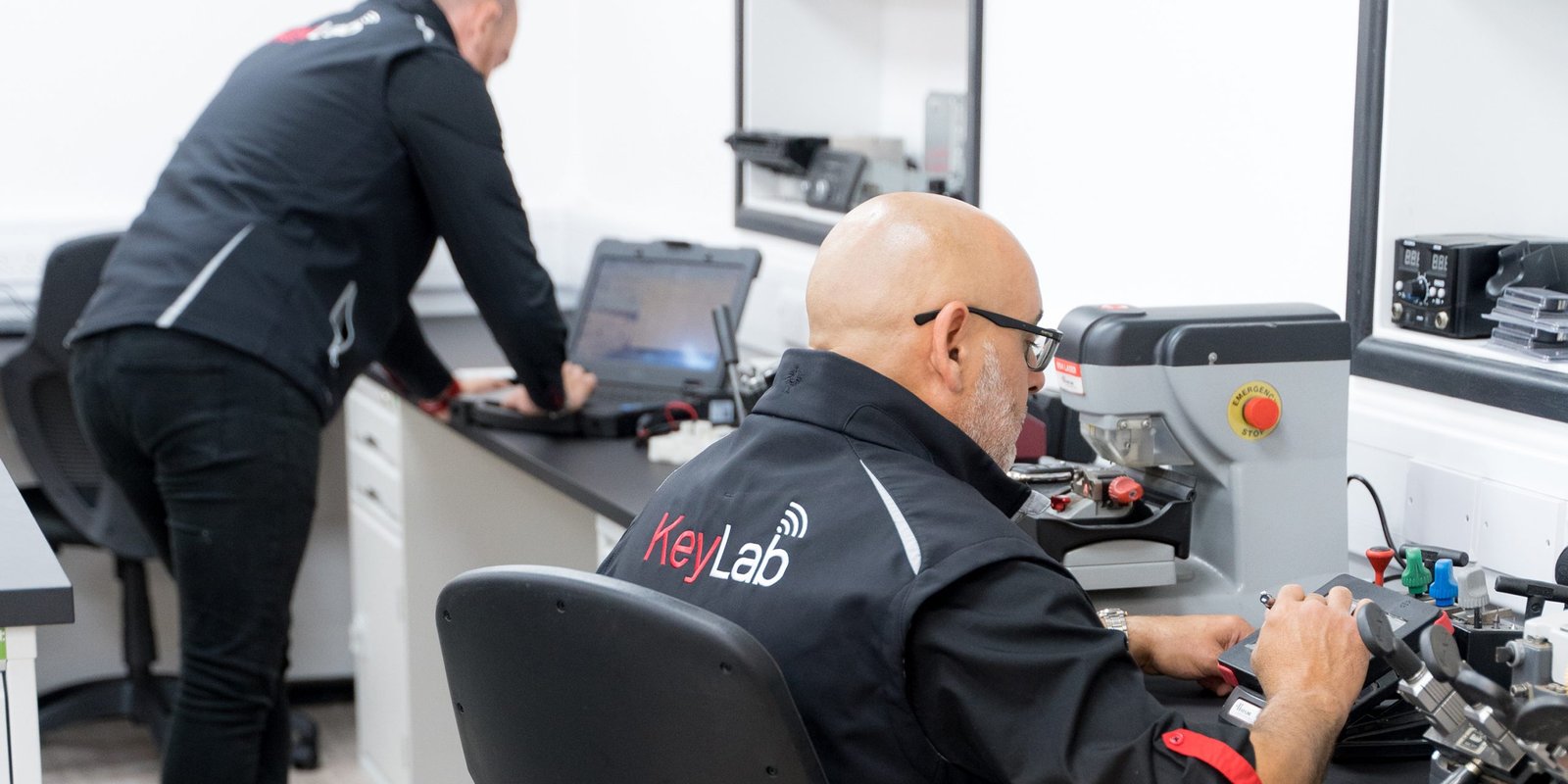Key Replacements: An In-Depth Guide to Understanding and Implementing Effective Substitutions
Introduction
In the realm of numerous industries-- from automobile to innovation-- the term "key replacements" signifies the practice of substituting a stopping working or insufficient part with a new or enhanced version. Understanding Replacement Key Fob is important for keeping operational effectiveness, improving productivity, and guaranteeing safety. This article digs into the various elements of key replacements, exploring their value, implementation techniques, and common inquiries surrounding the topic.
What Are Key Replacements?
Key replacements refer to the procedure of replacing a crucial component within a system, device, or equipment that is pivotal to its performance. These replacements can take place in several sectors, including automobile, innovation, and even human resources. By proactively determining and replacing important parts, organizations and individuals can prevent system failures, maintain efficiency, and improve safety.
Significance of Key Replacements
The importance of key replacements can not be overstated; they serve numerous functions that contribute to the total effectiveness of systems. Some of their important functions include:
- Preventing System Failures: Key replacements assist avoid disastrous failures by dealing with damaged or malfunctioning components before they develop significant issues.
- Enhancing Performance: Upgrading to newer components can improve system performance, leading to improved output and effectiveness.
- Cost-Efficiency: Effective replacements can lower repair work costs, prolong the life-span of the entire system, and eventually save cash.
- Security Assurance: In sectors like automotive and machinery, key replacements guarantee that safety requirements are preserved, decreasing threats to workers and users.
- Compliance: In regulated markets, timely replacements may be a legal requirement to fulfill safety requirements.
Key Replacement Strategies
Executing key replacements successfully needs a tactical method that aligns with the functional goals of an organization. Below are numerous methods to consider:
1. Regular Maintenance and Inspections
Performing regular maintenance and examinations can help recognize elements that may need replacement before they stop working. A distinct maintenance schedule ought to consist of:
- Visual Inspections: Check for visible indications of wear or damage.
- Efficiency Monitoring: Track the functioning of key parts.
- Use Analysis: Keep records of how often a part is utilized, which can forecast wear patterns.
2. Data-Driven Decision Making
Using data analytics can help organizations make informed decisions regarding when to replace key elements. Implementing systems for information collection can cause:
- Predictive Maintenance: Identifying potential failures before they take place utilizing historical information.
- Expense Analysis: Evaluating the expense implications of fixing versus changing parts.
3. Cooperation with Suppliers
Developing strong relationships with providers and manufacturers makes sure access to quality components and timely replacements. Sufficient cooperation can result in:
- Favorable Terms: Negotiating much better costs and terms.
- Quality Assurance: Gaining self-confidence in the quality and reliability of replacement parts.
4. Training and Education
Educating and training staff members included in the replacement procedure can substantially enhance effectiveness. Offering info on finest practices and new technologies can assist guarantee:
- Maximized Efficiency: Employees understand the ideal approaches for changing elements.
- Minimized Errors: Minimized threat of errors throughout the replacement procedure.
Kinds Of Key Replacements Across Industries
Key replacements vary across industries, each with its particular parts and practices. Below are some common key ins different sectors:
Automotive Industry
| Component | Replacement Reason |
|---|---|
| Engine Oil | Avoid wear and improve performance |
| Brake Pads | Make sure safety and responsiveness |
| Tires | Improve traction and fuel efficiency |
Innovation Sector
| Element | Replacement Reason |
|---|---|
| Tough Drives | Improve information gain access to speed |
| Batteries | Restore gadget portability and performance |
| Circuit Boards | Improve device reliability and longevity |
Production
| Part | Replacement Reason |
|---|---|
| Conveyor Belts | Preserve operational performance and security |
| Security Guards | Maintain health and wellness compliance |
| Bearings | Decrease friction and facilitate smooth operation |
FAQs About Key Replacements
1. What is the most crucial factor for replacing key parts?
The most vital factor for changing key components is to guarantee system dependability and safety, preventing failures that could lead to pricey downtimes or dangerous situations.
2. How frequently should I think about key replacements?
Key replacements must be considered based upon the particular part's wear pattern, efficiency metrics, and upkeep schedule. Routine assessments need to determine the appropriate intervals for replacements.
3. What should I do if I am not sure about an element's condition?
If uncertain about a component's condition, it is suggested to carry out an extensive examination, review performance data, and speak with experts or manufacturers for professional guidance.
4. Is it much better to repair or replace a key component?
The decision to repair or replace a key component depends upon cost-effectiveness, dependability, and long-term advantages. Often, replacement may be more practical when considering lifespan and efficiency metrics.
5. Where can I discover trustworthy replacement parts?
Reputable replacement parts can usually be found through authorized dealers, trusted providers, or straight from producers. Always confirm their dependability and examine evaluations before purchasing.
Key replacements are an essential aspect in maintaining operational effectiveness and security throughout various markets. By understanding the significance of these replacements, implementing strategic techniques, and dealing with typical questions, companies can guarantee that their systems stay robust and reliable. Future advancements in technology and information analytics will even more boost the depth and accuracy of key replacements, continuing to drive improvements in efficacy and security. Engaging proactively with this concept can substantially decrease risks and raise total performance in any operational context.

